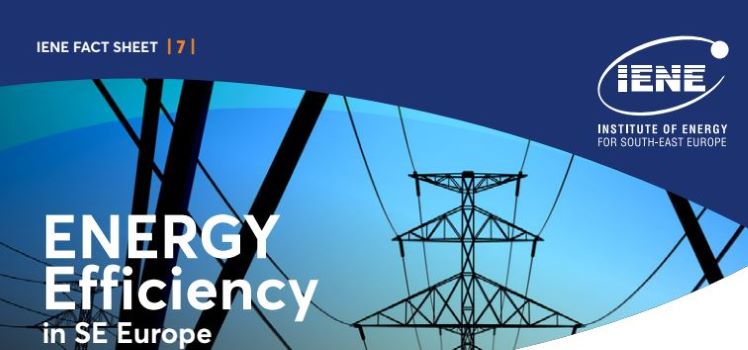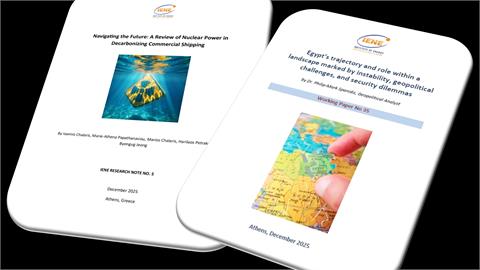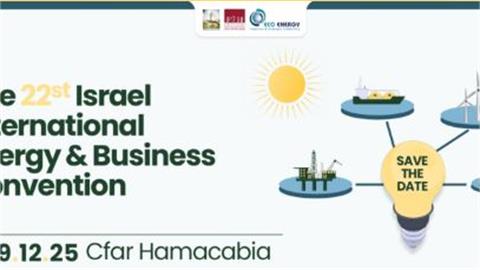In 2020, IENE introduced its series of Fact Sheets, which aim to present in a comprehensive yet concise manner a broad range of subjects related to the energy sector in SE Europe. In its latest Fact Sheet, which is available here, the Institute focuses on Energy Efficiency (EE) issues in SE Europe. Regarding EE in SE Europe, all states in the region have transposed the related EU legislation (EED and EED recast – Green Deal, etc.).
In 2020, IENE introduced its series of Fact Sheets, which aim to present in a comprehensive yet concise manner a broad range of subjects related to the energy sector in SE Europe. In its latest Fact Sheet, which is available here, the Institute focuses on Energy Efficiency (EE) issues in SE Europe.
Regarding EE in SE Europe, all states in the region have transposed the related EU legislation (EED and EED recast – Green Deal, etc.). Following the requirements of the EE Directive, each EU Member State has set its own indicative national EE target, prepared, and published a three-year National EE Action Plan, so-called NEEAP, which was approved by the European Commission with an annual progress report published every year thereafter, showing the achieved progress. Israel and Turkey have also prepared their own NEEAPs, with targets until 2030. Regarding Albania, Bosnia and Herzegovina, Kosovo, Montenegro, and North Macedonia, their NEEAPs were expected in late 2021 (or early 2022), having received the assistance of the Energy Community, in order to be in compliance with the EED requirements.
As for the actions for EE projects in the SE European countries, it can be seen that along with national funding, the EU Structural Supporting Fund introduces designated operational programmes for EE projects, with incentives for EE measures and actions in all sectors, including building, industry and transportation. For all the other countries, an important role for the promotion of EE projects is played by specialized programmes, funded either by the EU and/or other IFIs, as WB, UNDP, USAID, JICA, etc.
The latest Fact Sheet also highlights the status of High-efficiency Cogeneration of Heat and Power in SE Europe, which is varying within the region, since there are countries without any or with limited installed CHP capacity, especially for residential and industrial purposes, while others have a long tradition, mainly in connection with District Heating Systems. The regulatory framework for CHP for all the SE European countries is based on the EED & EED recast (2012/27/EU & 2018/2002/EU respectively).
In addition, almost all SEE countries, with the exception of Albania, have integrated CHP units in their energy systems, mainly for providing useful heat to local district heating systems, for industrial applications or for agricultural purposes.




